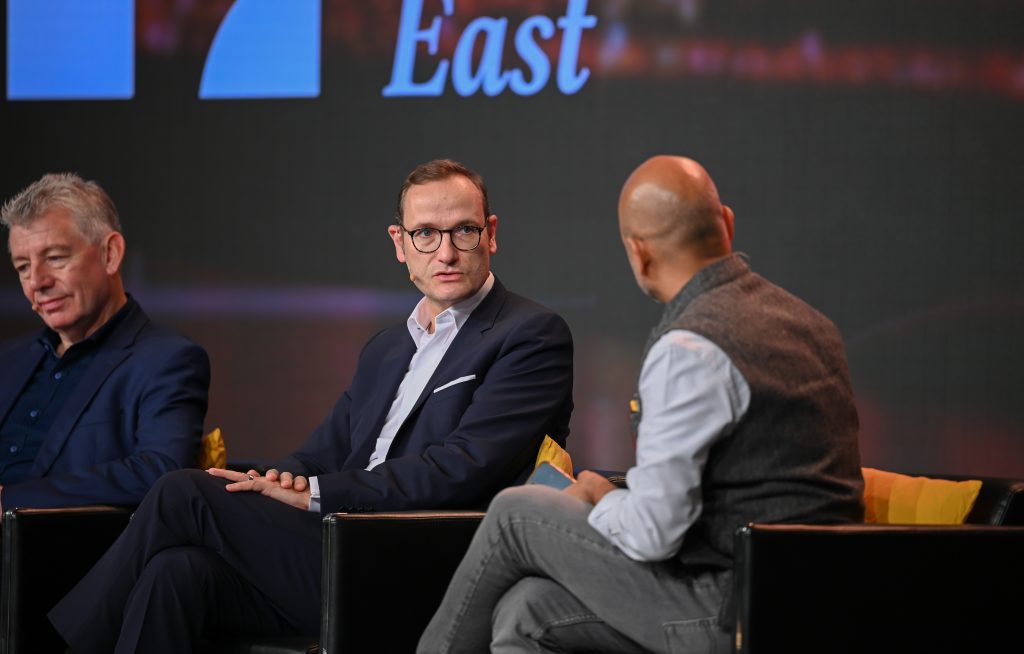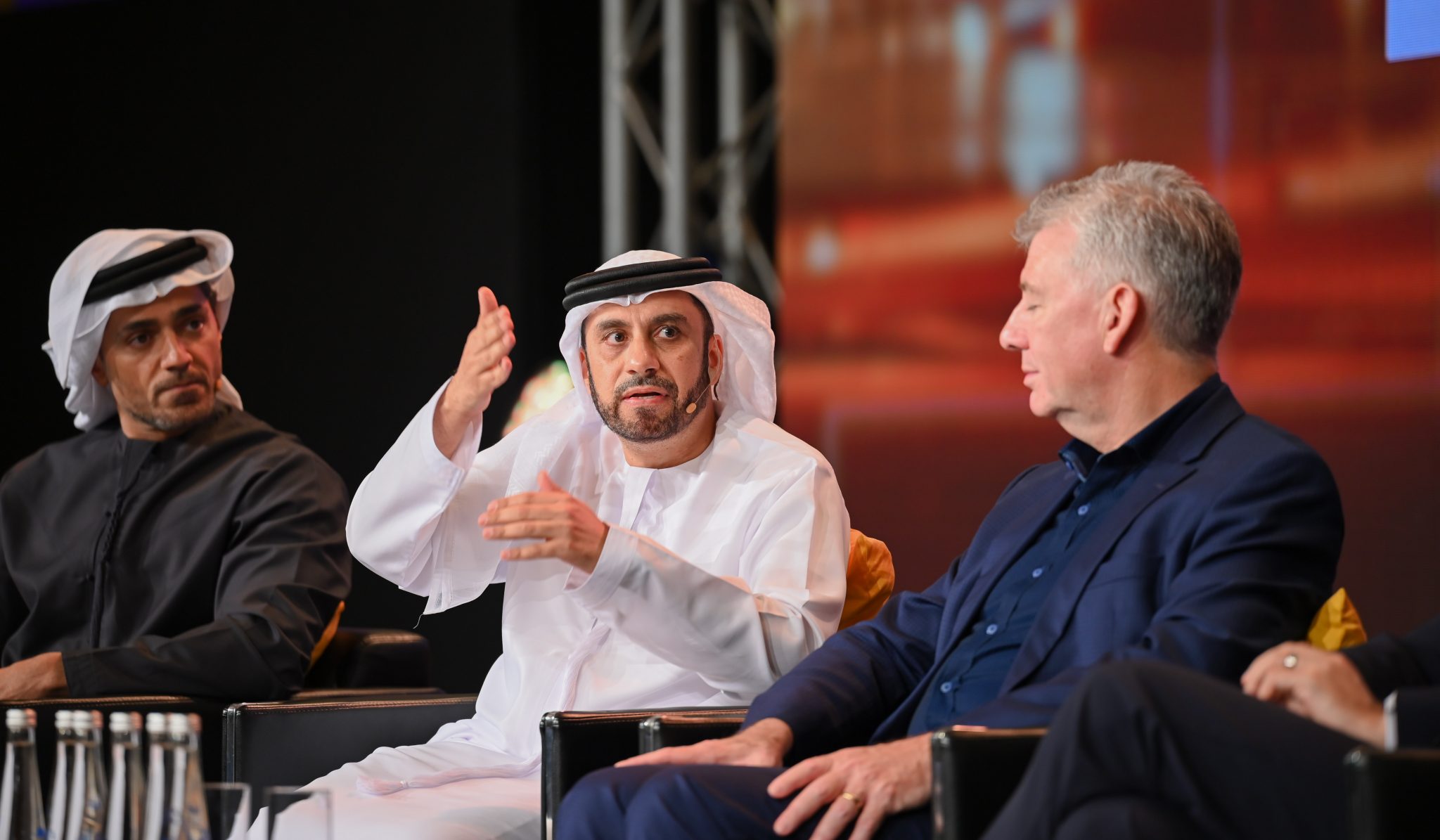Skift Take
All global destinations want a head start when it comes to bringing back guests. But a place like Dubai, which was built with future demand in mind, is able to leverage its tourist-friendly infrastructure to switch things back on at an alarmingly fast pace.
Blink and you may miss the full tourism recovery of Dubai, as it focuses on returning to pre-pandemic levels of business.
The emirate’s national airline has managed to restore 95 percent of its route network, which comprises 143 destinations. And this was absolutely critical, according to Adnan Kazim, chief commercial officer at Emirates Airlines.
“We were busy putting capacity back,” Kazim said during the second day of Skift Global Forum East on Thursday in Dubai. “We need to go back to 100 percent next year. That’s the goal we have.”
The reason it’s so important is that it gave the Middle East destination the chance to bring in newer markets. Kazim noted that “new pockets” included Canadian tourists.
“There’s a lot coming in,” he added. “When China comes back, it’s a top-up.”
Homogeneous Approach
Speed may win, but other panelists said technology and a resulting attention to detail also played a role, which was only made possible by collaboration between different parts of the travel industry in Dubai.
All of the United Arab Emirates is aiming to welcome 40 million visitors by 2031, and Issam Kazim, CEO of Dubai Corporation for Tourism, said Dubai was unique in the way it works together as an industry — describing the emirate as “Dubai Inc.”
He added: “It’s not us planning in isolation.”
Meanwhile Paul Griffiths, CEO of Dubai Airport, said that another key factor was “intimacy.”

“We maintained intimacy with scale,” he said. “A lot of people forget about the key thing: technology is there for people to have a better experience, not make more money for shareholders.”
A coordinated infrastructure also helps guests from the luxury market view the emirate in a more favorable light.
“Dubai has absolutely no equivalent,” argued Philippe Zuber, CEO of hospitality, gaming and entertainment giant Kerzner during the “Dubai and The Future of Travel” panel debate. “The entire experience is designed to please the guest. We don’t have to stress about airlines, airports, accessibility to the city.”
As a result, guests tend to come back after seeing how life is “easy and comfortable.”
“The details make the difference today, as the guests have high expectations,” he told moderator Rafat Ali, CEO of Skift.
CORRECTION: An earlier version of this story and headline incorrectly stated that Dubai was aiming to have 40 million visitors by 2031. That goal is for all of the United Arab Emirates.
The Daily Newsletter
Our daily coverage of the global travel industry. Written by editors and analysts from across Skift’s brands.
Have a confidential tip for Skift? Get in touch
Tags: airports, dubai, emirates, emirates airlines, kerzner, luxury, skift live
Photo credit: From left: Issam Kazim, Dubai Corporation for Tourism; Adnan Kazim, Emirates Airlines; Paul Griffiths, Dubai Airport; Philippe Zuber, Kerzner; and Rafat Ali, Skift.
